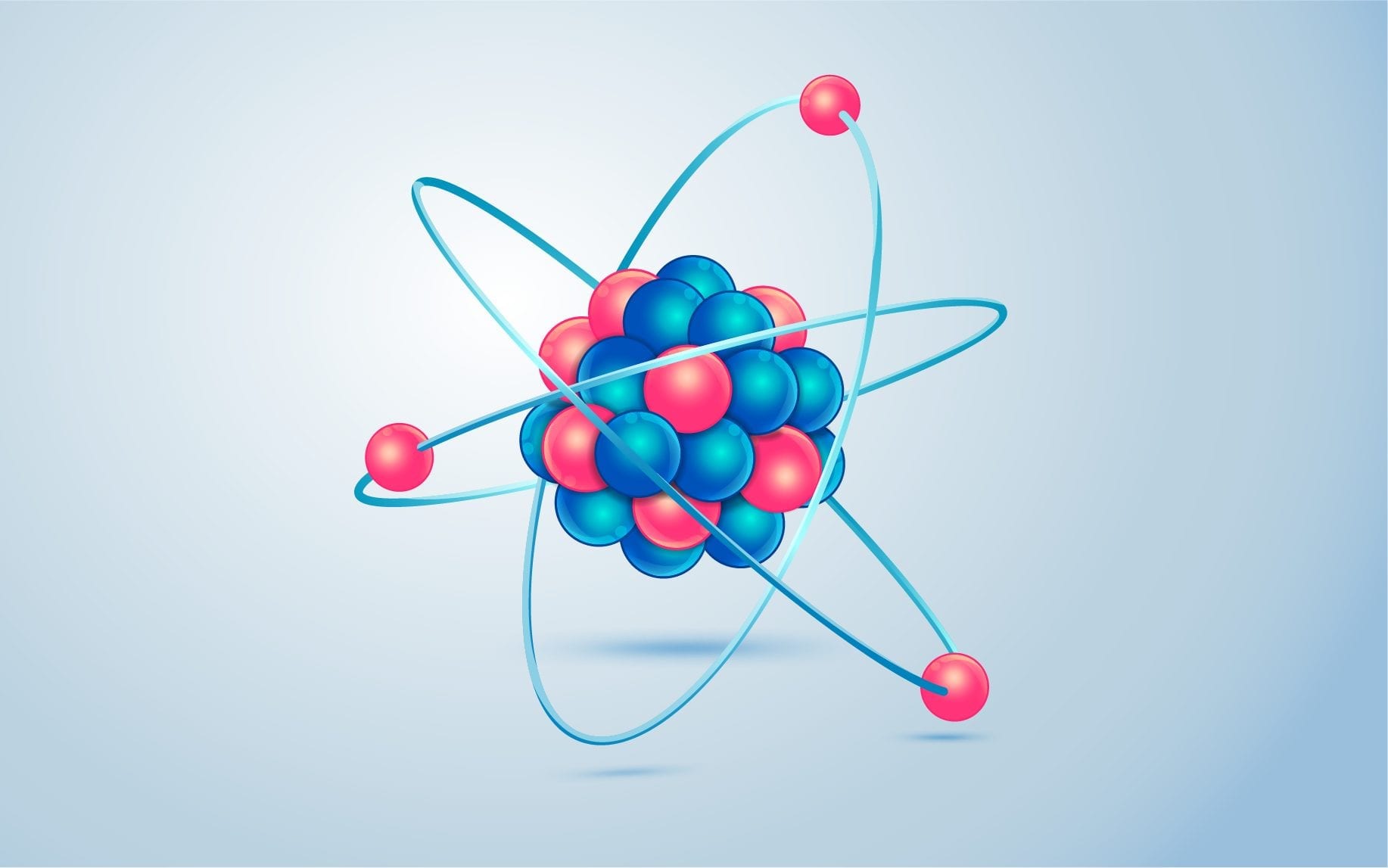

#BUILD AN ATOM CODE#
Which indicate that non-public PhET-iO code is not being included in the build. An interactive whiteboard activity where students build an atom by dragging electrons, neutrons and protons onto the template. It is safe to ignore warnings like > WARNING404: Skipping potentially non-public dependency, (2) Build the sim: grunt -brands=adapted-from-phet. (1) Change directory to the simulation directory: cd. (5) Open in the browser: (You will probably need to modify this URL based on your HTTP port and relative path.) Optional: Build the simulation into a single file Directions: Create an Oxygen (O) atom (8 protons, 8 neutrons, 8 electrons). (4) In a new terminal/command prompt, start an http-server Part 1: Build an Atom Click on the + sign for each of the boxes (element name, net charge and mass number) to view changes as you change the number of particles in the atom. That will automatically transpile new or changed files. chipper/, then transpile the code to JavaScript by running node js/scripts/transpile.js -watch. This way we can construct any element by varying the number of protons electrons and neutrons.(3) Change directory to chipper cd. If at all, we consider number of protons to electrons to 2 neutrons 4 neutrons also 2, then the element is 2 heh, 4, its charges 0. We get the element: 1 h, 1, hydrogen and its net charges and the mass number a is also 1. For example, if the proton number is 1, electron number is 1 and neutron number is 0. So these things are going to be changed so, based on the hypothesis we can prepare, any element will be knowing the elements symbol. There won't be any change in the symbol of an atom or the charge, but we can see if the atom is stable or unstable.

We need to click and drag the protons neutrons and electrons and place them inside the atom model that is given so that, accordingly, the protons increases neutrons increases and the electrons also increases accordingly, with the change in the proton number increase or decrease, we get the specified Element and it's a symbol and similarly, as we add electrons or remove electrons, we get the charge on the charge is displayed on the screen and with the neutrons increase or decrease.
#BUILD AN ATOM PLUS#
So when we open the build an atom simulation, we need to first select the labeled atom and select the orbits and then clicon plus button in order to change the net charge or mass of a mass number of an atom which is a to build an atom. Protons are positive, neutrons are neutral and electrons are negatively charged particles.

So what is an atom before atom is the smallest particle of matter is the smallest chemical unit that we can consider smallest particle, so the scientists who involved in the discovery of atoms are the very first person is the john dalton and rutherford, and many others, and The particles that are present in the atoms are protons, neutrons and electrons. We can construct the atoms by choosing the models. Students will discover that atoms are made up of particles and that the number of particles in an atom affects its properties. Matter consists of atoms everywhere, so every matter consists of atoms in the fat simulations of structure of an atom. You may need to do additional experimenting to answer the analysis questions so keep the simulation open until you have completed the assignment. To build an atom, click and drag protons, neutrons, and electrons and place them into the atom: Experiment with the atom builder and build 4 different atoms_ Record the data for your atoms in the table below and then answer the analysis questions:
#BUILD AN ATOM WINDOWS#
Select "orbits" as the model: Then click the next to Net Charge and Mass Number to open both of those windows
#BUILD AN ATOM SIMULATOR#
Procedure: In the atom building simulator select the first choice, labeled "Atom". Hypothesis: Predict how the addition of subatomic particles will affect the structure and properties of an atom_ (Example: predict that adding more neutrons will affect Introduction: What is an atom? An atom is the smallest unit of ordinary matter that forms a chemical element: Who were some of the scientists involved in discovering the atom? Dalton, Rutherford What particles are atoms composed of? protons, neutrons and electrons SOLVED: Open the Phet build-an-atom simulator


 0 kommentar(er)
0 kommentar(er)
